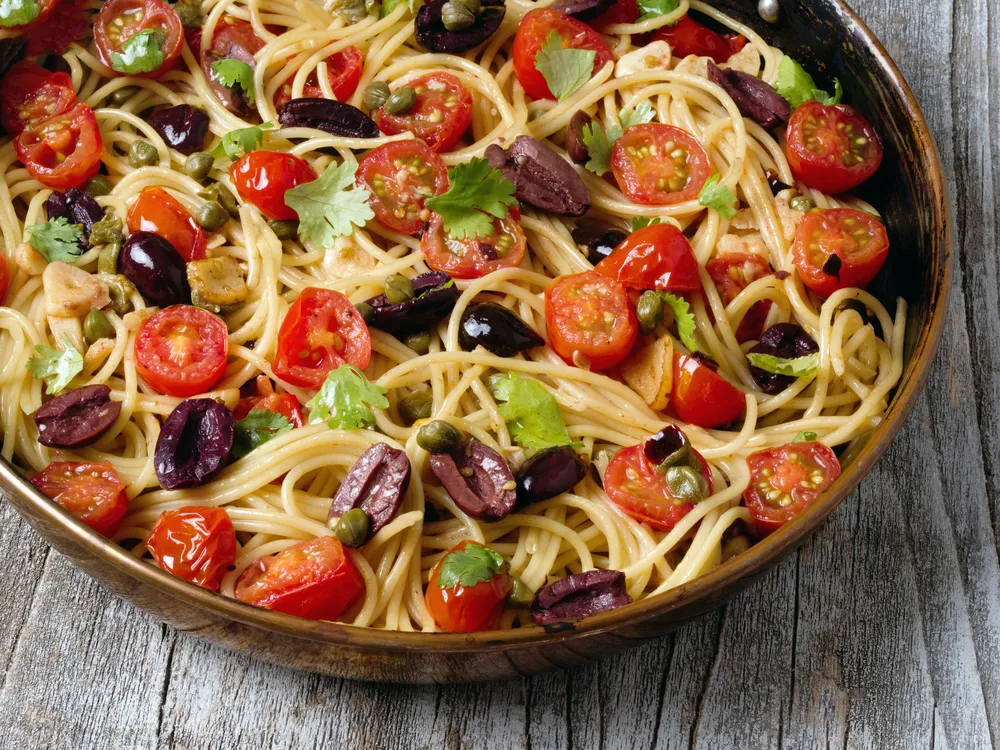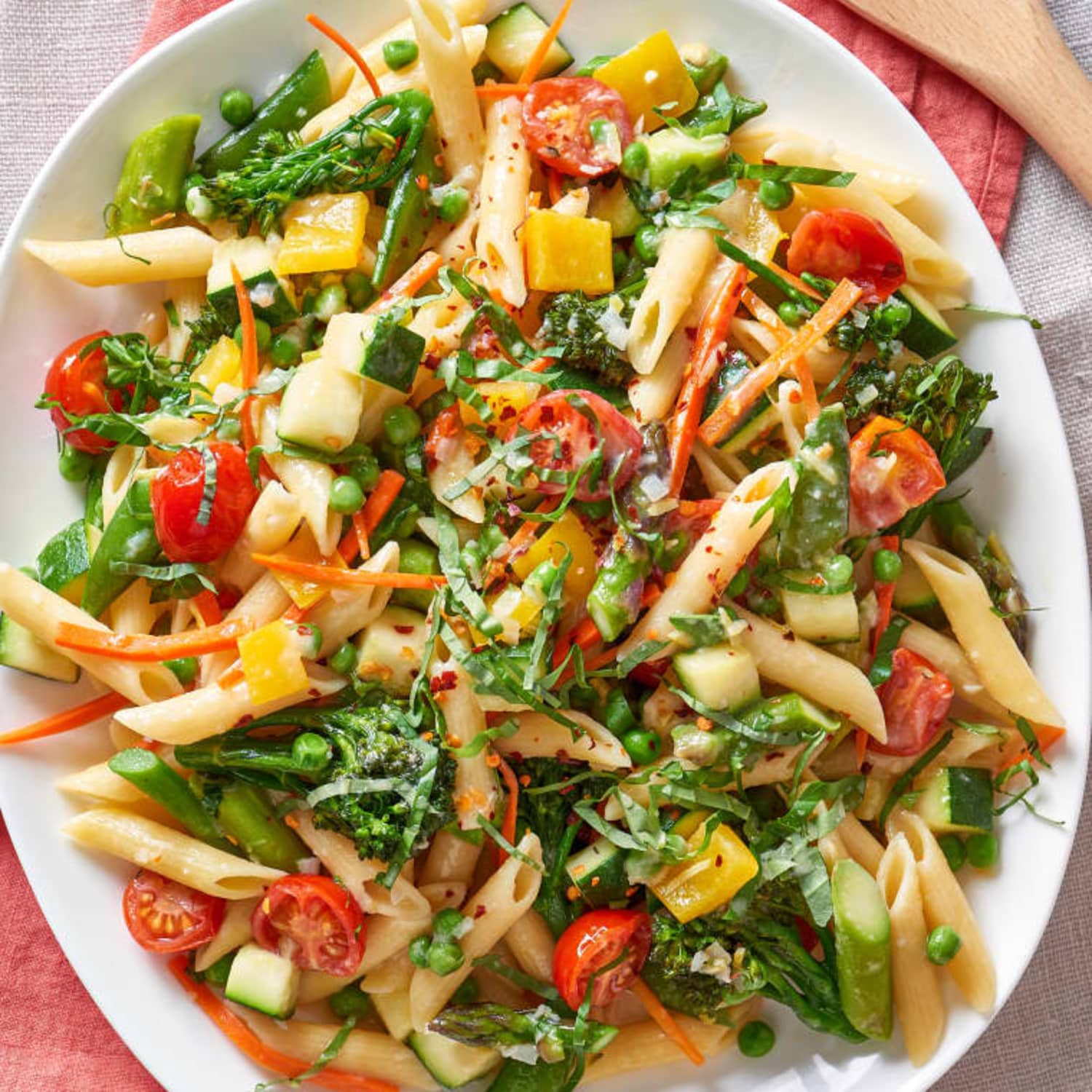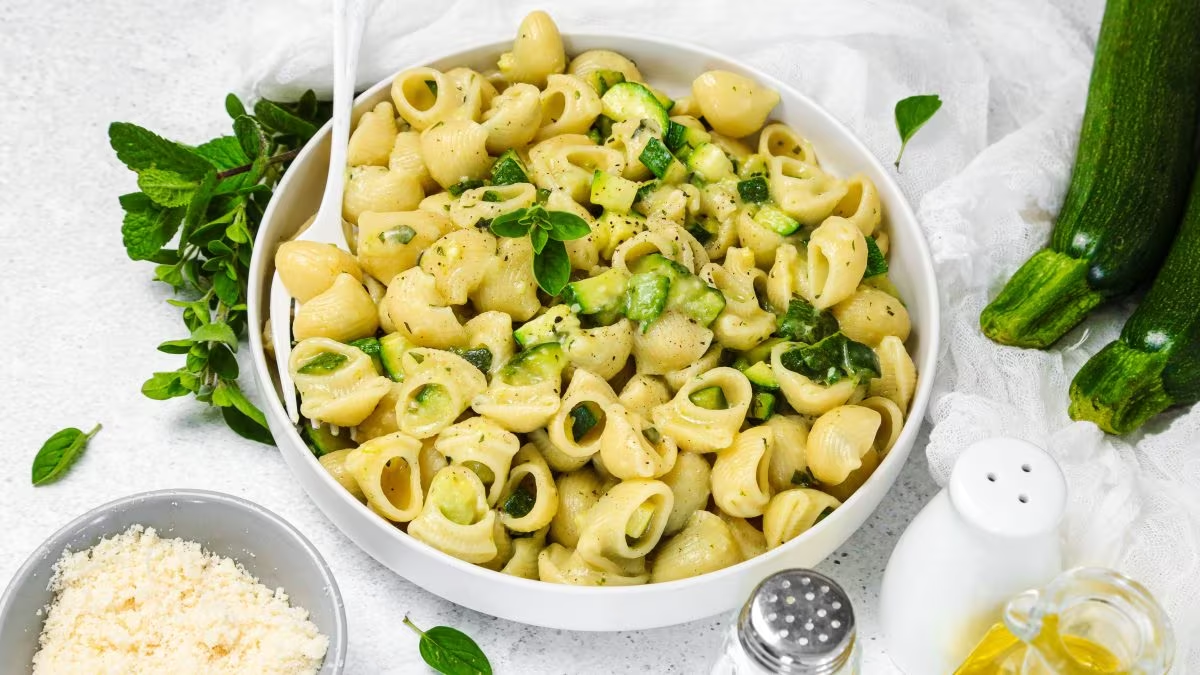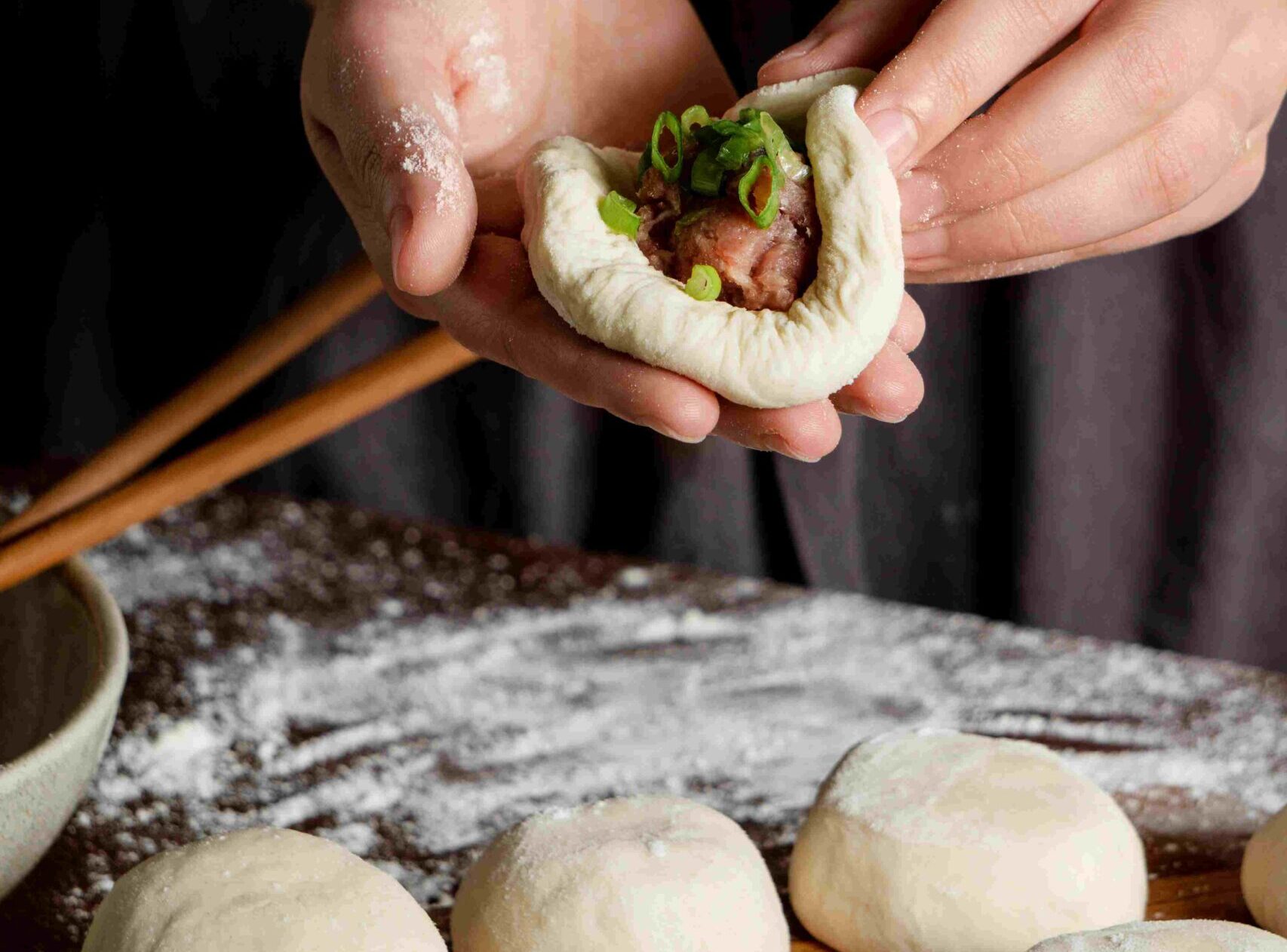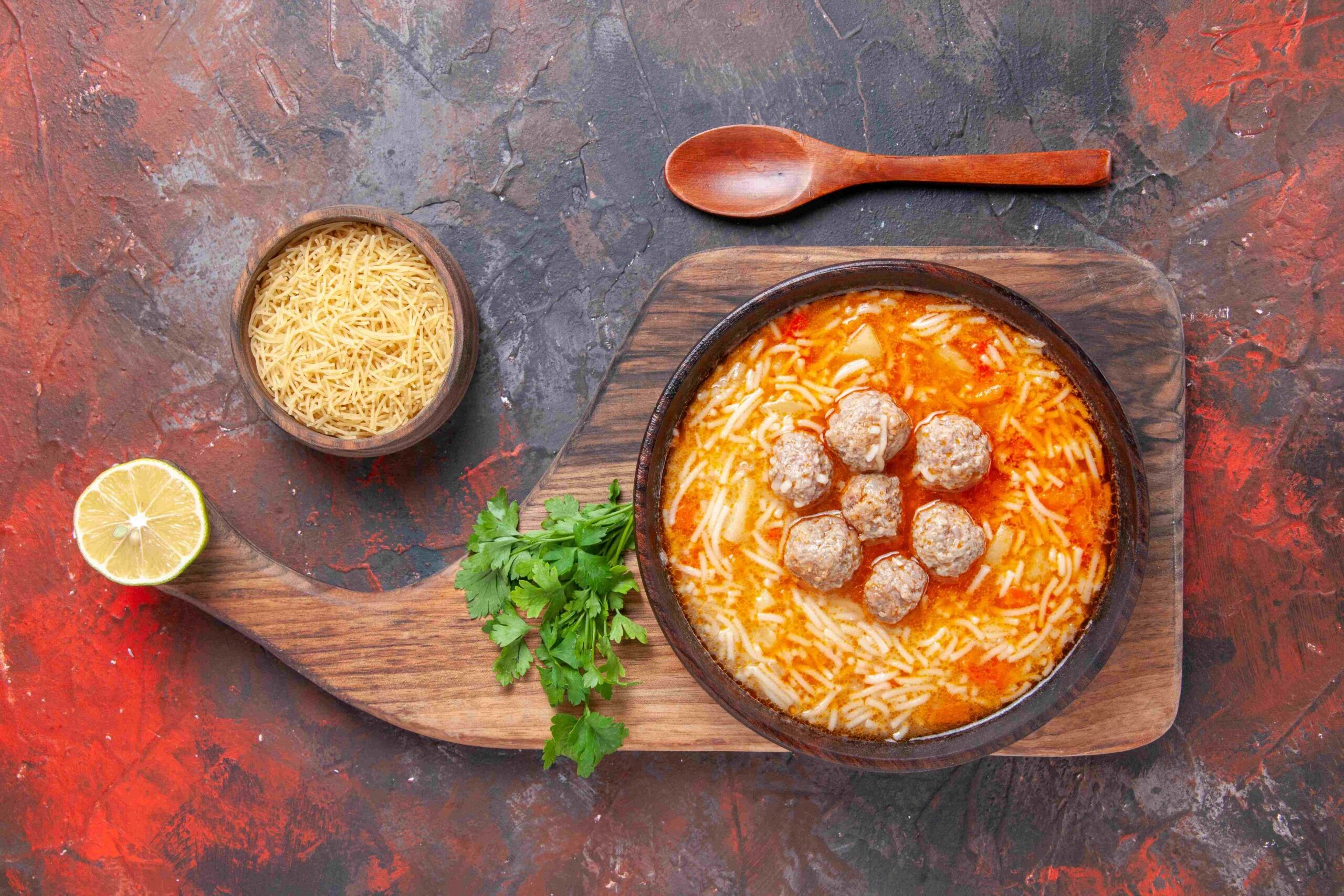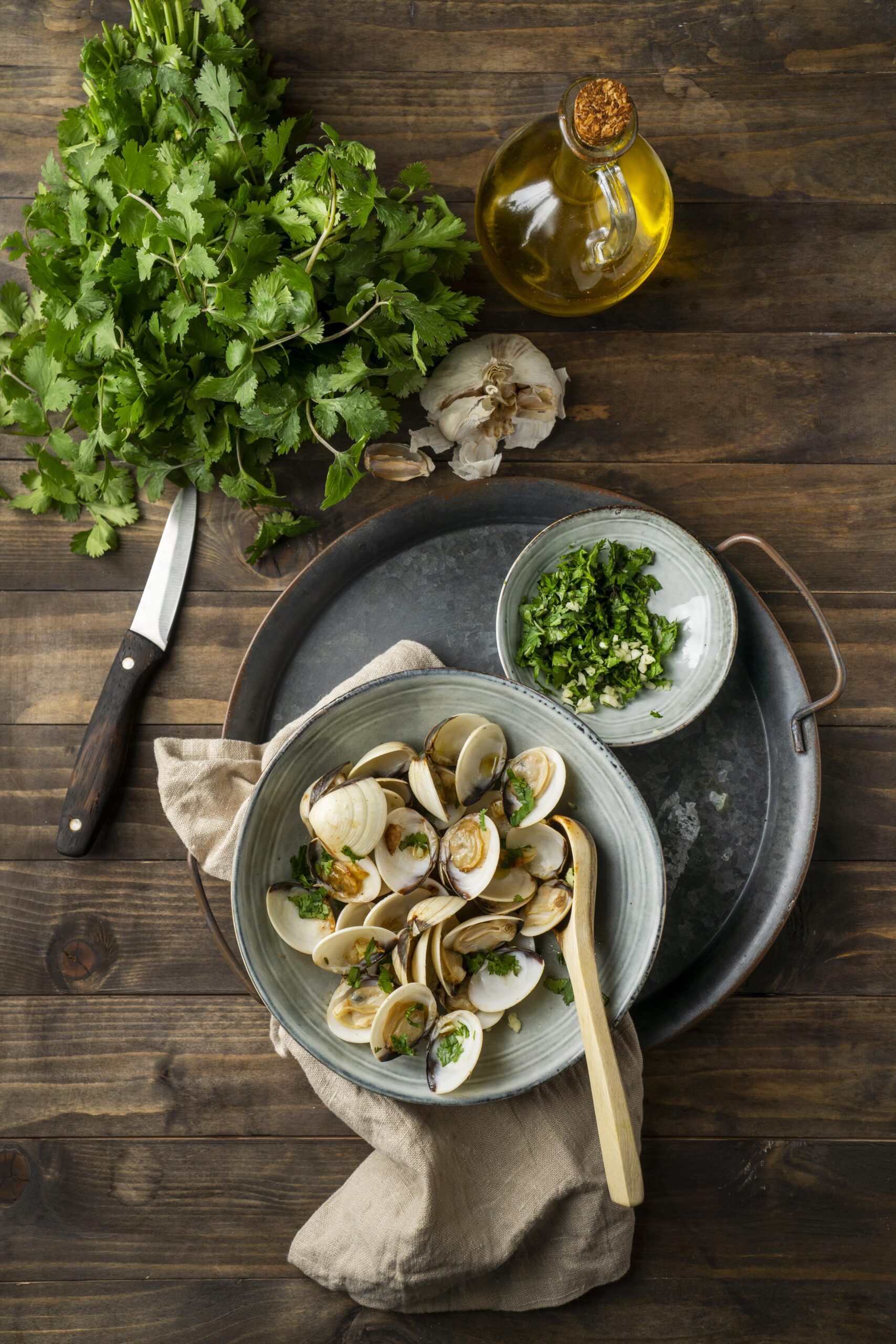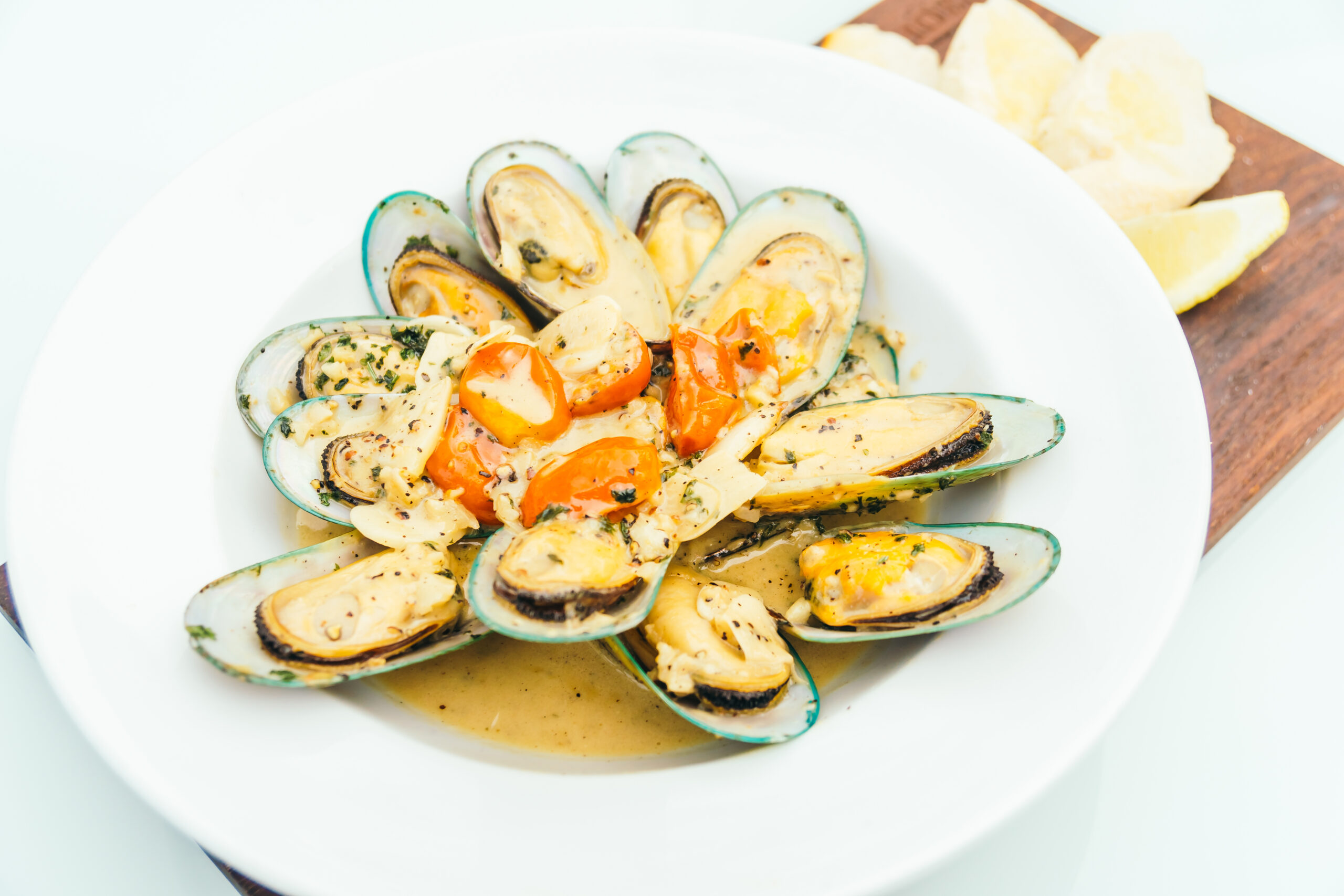Cockles: A Delicious and Nutritious Seafood Treat Cockles should be at the top of your list if you’re seeking a seafood dish that combines simplicity with incredible flavor. These small, edible clams are a popular choice across the globe and are appreciated for their sweet, briny taste. Whether served with a squeeze of lemon or added to more complex dishes, cockles make for a versatile and delicious seafood option. Here’s everything you need to know about preparing and enjoying this seafood delicacy. Ingredients: For the Steamed Cockles: 1kg fresh cockles, rinsed and cleaned 1 cup white wine (optional) 2 cloves garlic, minced 2 tablespoons olive oil 1 small bunch fresh parsley, chopped 1 lemon, sliced for garnish Salt and freshly ground black pepper, to taste For the Garlic Butter Sauce: 4 tablespoons unsalted butter 3 cloves garlic, minced 1 tablespoon fresh lemon juice Salt, to taste Freshly ground black pepper, to taste Instructions: Clean the CocklesBefore cooking, it’s important to ensure the cockles are well-cleaned. Rinse them under cold water to get rid of sand and grit. Soak the cockles in salted water for about 20 minutes to help them release any remaining grit. Prepare the Garlic Butter SauceIn a small pan, melt the butter over medium heat. Add the garlic and sauté for about 2 minutes until fragrant. Stir in the lemon juice, season with salt and pepper, and set aside for later. Cook the CocklesHeat olive oil in a large pot or skillet over medium heat. Add the garlic and cook until it softens. Pour in the white wine (optional) and bring it to a simmer. Add the cockles to the pot, cover with a lid, and cook for 5-7 minutes or until all the shells have opened. Discard any that remain closed. Serve the CocklesOnce the cockles are cooked, transfer them to a serving dish. Drizzle the garlic butter sauce on top, and garnish with freshly chopped parsley and lemon slices. Serve immediately with some crusty bread on the side for dipping. Tips: Fresh is Best: Always source your cockles from a trusted supplier. Fresh cockles should have tightly closed shells or close when tapped. Discard Unopened Cockles: If any cockles remain closed after cooking, discard them as they may not be safe to eat. Wine Alternative: You can swap the wine for vegetable or chicken broth to keep the dish alcohol-free but equally flavorful. Nutritional Benefits of Cockles: Not only are cockles a treat for your taste buds, but they are also packed with nutrients. High in protein, iron, and vitamin B12, cockles provide essential nutrients that support energy and overall health. How Cockles Are Enjoyed Around the World: Across various cultures, cockles are used in an array of traditional dishes that highlight their unique flavor. For example: In the UK, cockles are often served with vinegar or as a component of the classic cockles and vinegar snack. In Southeast Asian cuisine, especially in Thailand and Vietnam, cockles are featured in spicy stir-fried dishes or grilled with chili paste for added flavor. In Mediterranean countries like Spain and Portugal, cockles are frequently included in seafood stews and paellas for a rich, hearty meal. Sustainable and Healthy Seafood Choice: Another reason to love cockles is their sustainability. They are often harvested using eco-friendly methods, making them a responsible choice for seafood lovers. Additionally, cockles play a vital role in maintaining healthy marine ecosystems by filtering water and providing nourishment for other marine species. For more information on how cockles and other shellfish contribute to environmental sustainability, check out the Bivalve section on here. Creative Cockle Recipe Ideas: When you’re looking for a versatile and nutritious seafood dish, cockles offer a wonderful solution. Their sweet, briny flavor pairs well with many different cooking styles, making them a favorite in kitchens around the world. Here are 10 delicious ways to prepare cockles, ensuring there’s a recipe for every occasion and palate. Classic Steamed Cockles For a simple yet flavorful dish, steam your cockles in white wine, garlic, and olive oil. Finish with freshly chopped parsley and lemon juice for a fresh burst of flavor. Cockle Linguine Toss freshly cooked cockles with linguine, olive oil, garlic, and a splash of white wine. This simple seafood pasta is a quick and satisfying meal perfect for any occasion. Spicy Coconut Cockle Curry Infuse your cockles with the rich flavors of coconut milk, ginger, garlic, and spicy chili paste. This curry is a bold and comforting dish for those who love a little heat. Cockle and Chorizo Stew For a heartier meal, combine cockles with spicy chorizo, tomatoes, and white beans. This stew is packed with flavor and makes for a cozy dinner. Cockles in Garlic Butter Sauce Cook cockles in a simple yet luxurious garlic butter sauce. Serve them with crusty bread to soak up all the rich, buttery goodness. Pickled Cockles A traditional British favorite, pickled cockles are perfect for snacking or adding to salads. Vinegar, salt, and a little sugar create a tangy, refreshing bite. Grilled Cockles with Lemon and Herbs Fire up the grill and cook cockles with a splash of lemon juice and a sprinkle of fresh herbs. Grilling brings out their natural sweetness and adds a smoky flavor. Cockle Paella Add cockles to a traditional Spanish paella, along with shrimp, saffron, and vegetables. The briny flavor of the cockles pairs perfectly with the savory rice. Thai Cockle Stir-Fry For a quick and flavorful dish, stir-fry cockles with garlic, chili, and basil. This Thai-inspired recipe is perfect for weeknight dinners. Cockles with Saffron Cream Sauce Simmer cockles in a rich saffron cream sauce for an indulgent meal. The saffron adds a touch of luxury, making this dish perfect for special occasions. Whether you’re a seafood connoisseur or someone looking to try something new, Cockles offer a nutritious and delicious meal option. Their mild flavor allows them to pair well with a variety of ingredients, making them an ideal addition to any seafood dish. With the simple steps …
Read more “Cockles Recipe – Easy and Delicious Seafood Dish”

